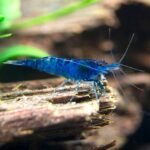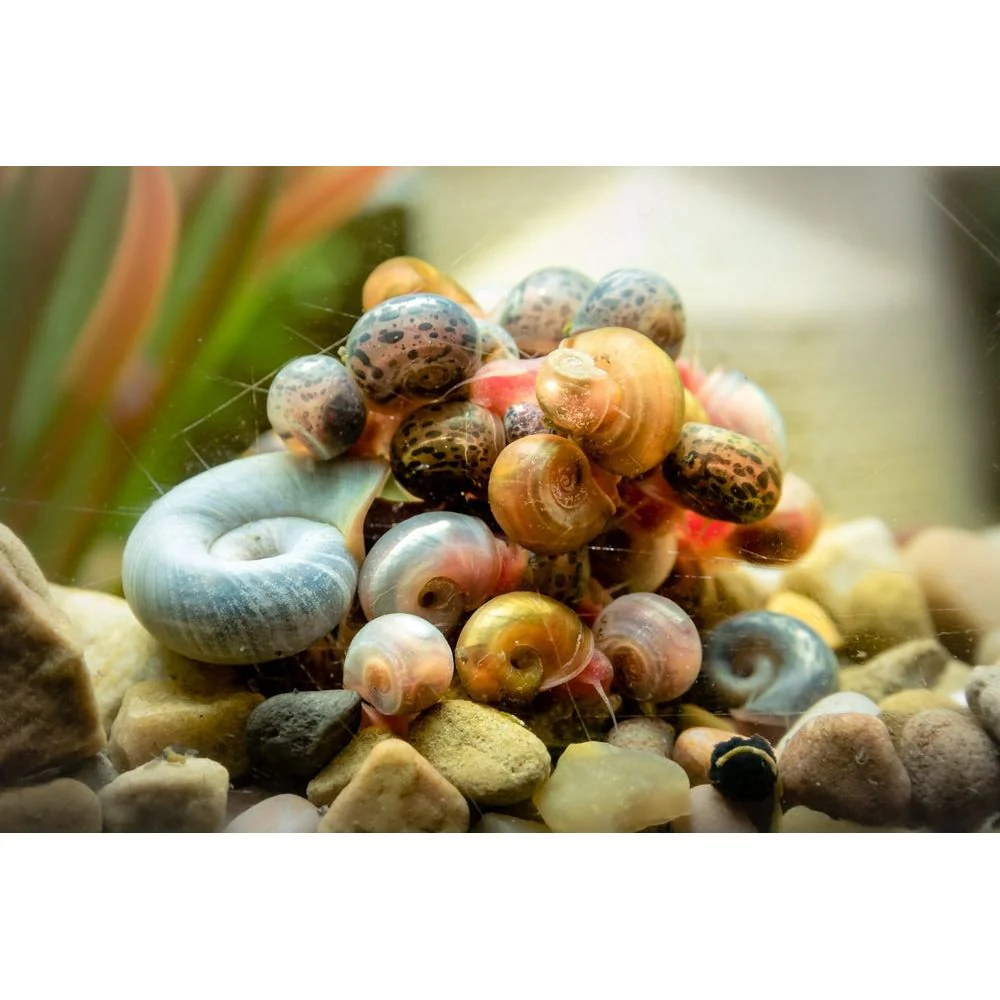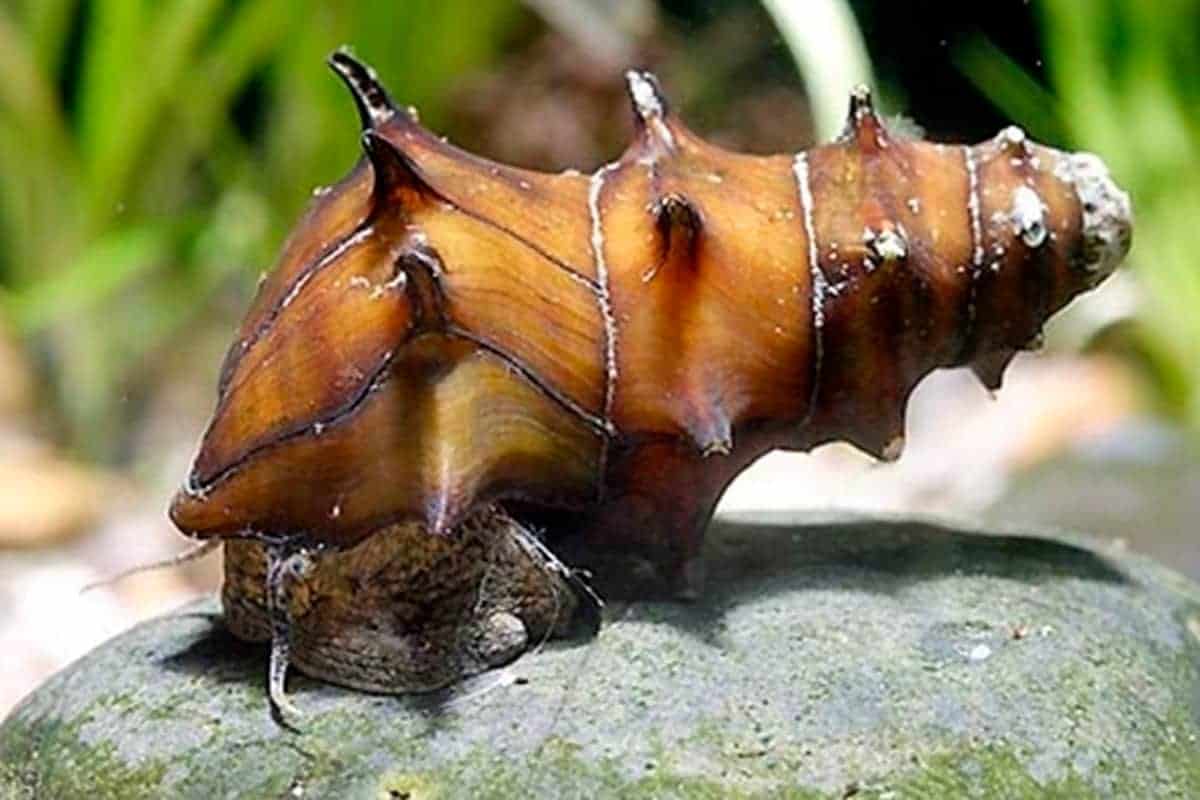Albino Corydoras
Price range: R55,00 through R150,00
The Albino Corydoras is a peaceful, social bottom dweller with a striking pale pink-white body and red eyes. Hardy and active, these charming catfish thrive in groups and are ideal for community aquariums. They gently sift through sand in search of food, helping keep the substrate clean. Best kept in groups of six or more with other calm species like tetras, rasboras, or dwarf gouramis.
- Description
- Additional information
- Reviews (0)
Description
🤍 Albino Corydoras – Peaceful, Playful & Perfect for Beginners 🐟✨
Add a touch of elegance and energy to the bottom of your tank with the beautiful Albino Corydoras! A variation of the Bronze Cory (Corydoras aeneus), this pale pink-white catfish with striking red eyes is loved for its gentle nature, hardy disposition, and constant activity.
They’re ideal for community aquariums and a perfect beginner fish that helps keep your substrate clean while looking adorable doing it.
🌟 Why Choose Albino Corydoras?
- 🫧 Natural Cleaners: Great at picking up uneaten food from the substrate.
- 🧑🤝🧑 Sociable Schoolers: Thrive in groups of 5 or more—active and entertaining to watch.
- 🪶 Unique Appearance: White to pink body, red eyes, and a slightly translucent glow under light.
- 💪 Hardy & Adaptable: Forgiving of beginner mistakes—excellent for first-time aquarists.
- 🌿 Plant & Shrimp Safe: Peaceful bottom-dwellers that won’t disturb your aquascape or inverts.
📏 Size & Lifespan
- 🔹 Adult Size: 5 – 7 cm (2 – 2.75 inches)
- ⏳ Lifespan: 5 – 8 years with good care
🌊 Ideal Water Parameters
- 💧 Temperature: 21°C – 24°C (70°F – 75°F)
- 💎 pH: 6.0 – 7.5
- 🌡 GH: 5 – 12
- ⚖️ KH: 3 – 8
- 💦 TDS: 100 – 200 ppm
They thrive in stable, clean water with low-to-moderate hardness.
🍽️ Diet & Feeding
Albino Corys are omnivorous and bottom-focused feeders. Offer a variety of:
- 🍽️ Sinking pellets or tablets (specifically for catfish)
- 🦐 Frozen or live bloodworms, brine shrimp, and daphnia
- 🌱 Blanched vegetables (zucchini, spinach) as occasional treats
Feed 1–2 times daily. Ensure food reaches the bottom.
🧑🔧 Care Guide
| Care Aspect | Recommendation |
|---|---|
| ✅ Tank Size | Minimum 60L; more space ideal for groups |
| 🧽 Filtration | Gentle current; well-oxygenated water preferred |
| 🏝 Substrate | Fine sand or smooth gravel to protect barbels |
| 🌿 Decor | Driftwood, rocks, and plants for cover and comfort |
| 💡 Lighting | Low to moderate; avoid bright lights |
| 🔁 Water Changes | 20% weekly; keep parameters stable |
🤝 Compatible Tank Mates
Albino Corydoras are non-aggressive and do well in peaceful community setups.
| ✅ Best Tank Mates | ❌ Avoid These |
|---|---|
| 🐠 Tetras, Rasboras, Livebearers | 🐟 Aggressive or territorial fish |
| 🐟 Dwarf Gouramis, Apistogrammas | 🐠 Cichlids (unless peaceful dwarfs) |
| 🦐 Shrimp, Snails | 🦀 Crayfish or large inverts |
| 🐟 Other Corydoras | 🐟 Fin-nippers or dominant bottom feeders |
💡 Pro Tips
- Keep in groups of 5 or more for social comfort and activity.
- Soft substrate is essential to avoid injury to their sensitive mouth barbels.
- They may dart to the surface to gulp air—this is normal and not a sign of distress.
- Dim lighting or floating plants help mimic their natural environment.
🛍️ Perfect For:
✅ Beginners and first community tanks
✅ Peaceful planted aquariums
✅ Bottom-dwelling tank clean-up crew
✅ Hobbyists looking for low-maintenance, friendly fish
Add personality, activity, and a soft pop of white-pink color to your aquarium with the gentle Albino Corydora—a classic choice for aquarists of all levels! 🤍🐟🌿
🐟 Bronze Corydoras vs Albino Corydoras – What’s the Difference?
Both fish are actually the same species: Corydoras aeneus! The key difference lies in their appearance, not behavior or care. Here’s a breakdown to help you decide:
🔍 Species Overview
| Feature | Bronze Corydoras | Albino Corydoras |
|---|---|---|
| 🌈 Coloration | Metallic bronze-green, natural look | Pale white/pink with red eyes (albino) |
| 👁 Eye Color | Dark | Pink/red (typical of albinism) |
| 💎 Visual Impact | Earthy, blends with planted tanks | Stands out, adds contrast |
| 🧬 Genetics | Wild-type coloration | Albino mutation of the same species |
| 🌍 Origin | South America (natural form) | Captive-bred variety |
🐠 Behavior & Temperament
✅ Identical in both varieties!
They’re peaceful, social bottom-dwellers that thrive in groups and clean up uneaten food.
📋 Care Requirements (Same for Both)
-
💧 Temperature: 21–24°C
-
🌡 pH: 6.0 – 7.5
-
🪨 Substrate: Soft sand
-
🧑🤝🧑 Group Size: Minimum of 5
-
💡 Lighting: Albinos prefer lower light due to sensitivity
🧠 Choosing Between the Two
| Preference | Recommended Type |
|---|---|
| Natural, earthy aquascapes | Bronze Corydoras 🟤 |
| High contrast or white-themed tanks | Albino Corydoras ⚪ |
| Sensitive to bright lighting? | Bronze (more adaptable) |
| Want something eye-catching? | Albino (stands out more) |
🤝 Can They Be Kept Together?
Yes! Since they’re the same species, they’ll school and socialize together. A mixed group of bronze and albino can add variety without sacrificing compatibility.
✅ Summary
| Feature | Bronze Cory 🟤 | Albino Cory ⚪ |
|---|---|---|
| Natural look | ✅ | ❌ |
| High contrast | ❌ | ✅ |
| Beginner-friendly | ✅ | ✅ |
| Light-sensitive | ❌ | ✅ (slightly) |
| Peaceful & social | ✅ | ✅ |
Both are fantastic options for peaceful, planted aquariums—and mixing them gives your Cory group added visual flair!
🐟 Corydoras Mixing Compatibility Guide
✅ Best Mixed Cory Combos (Similar Size & Behavior):
| Combo | Why It Works |
|---|---|
| Bronze + Albino | Same species (C. aeneus)—they school together |
| Sterbai + Orange Venezuelan | Similar size, peaceful, warmer water tolerant |
| Panda + Julii | Close size and calm nature (cooler temp ok) |
| Sterbai + Peppered | Great mix for larger planted tanks |
| Peru Sp. + Julii | Both prefer soft, slightly acidic water |
| Bronze + Pepper | Hardy and adaptable to most conditions |
🧠 Tips for Mixing Corys:
-
✅ Keep at least 3–4 of each variant (6+ preferred per type)
-
✅ Choose species with similar temperature ranges (±2°C)
-
✅ Provide lots of hiding spots, soft substrate, and a peaceful tank
-
✅ Avoid mixing with large, aggressive bottom feeders (e.g. loaches, crayfish)
⚠️ Avoid Mixing:
| Combo | Reason |
|---|---|
| Warm-water Sterbai + Cool Panda | Big temp difference (Sterbai 25–28°C, Panda 21–23°C) |
| Tiny dwarf Corys + Large Corys | May be outcompeted or stressed |
| Wild-caught + Captive-bred | Acclimation and diet needs can differ |
💡 Best Practices:
-
Use sand substrate to protect their barbels
-
Feed sinking pellets & varied protein-rich foods
-
Perform regular water changes (20–30% weekly)
-
Keep in groups of at least 5–6 per type, or mix small groups with caution
Additional information
| Amount | Single, Pack of 3 |
|---|
Only logged in customers who have purchased this product may leave a review.











Reviews
There are no reviews yet.